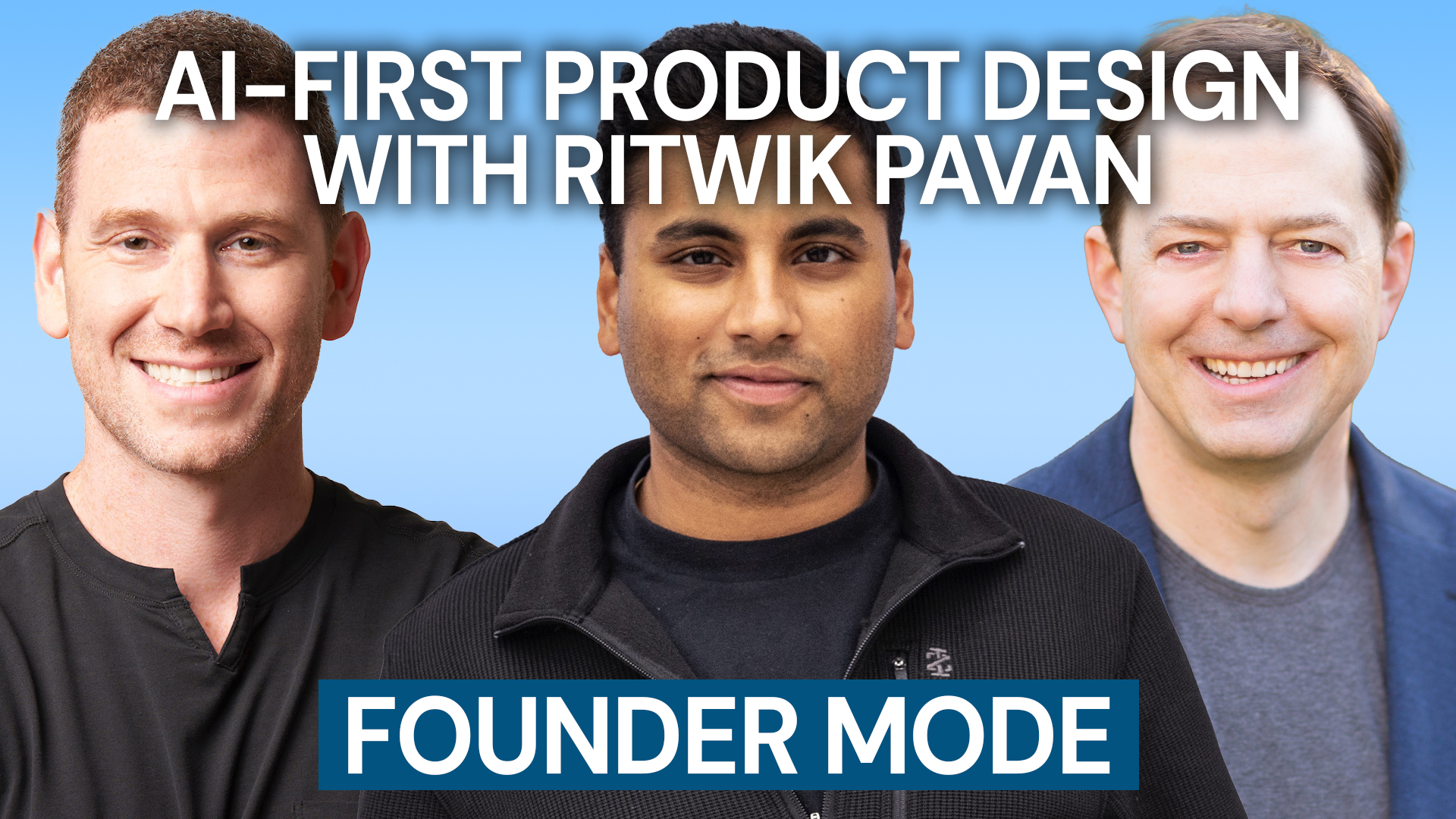
From the moment a potential customer first hears about a product to the point they convert and beyond, lifecycle marketing maps out the entire journey, creating tailored marketing strategies for each stage.
Lifecycle marketing cultivates long-term customer relationships to maximize customer retention and lifetime value. When we understand the customer lifecycle, we’re able to better align marketing efforts with customer needs.
The Stages & Strategies of Customer Lifecycle
1. Reach: ‘Reach’ is the moment a potential customer becomes aware of your brand. At this stage, making a solid impression through social media, paid ads, and content marketing is essential. We’re casting a wide net to capture the attention of as many leads as possible. SEO, content marketing, and social media all help increase visibility and attract prospects. Content should be valuable and relevant to what potential customers are looking for.
2. Acquisition: In the ‘Acquisition’ stage, businesses begin interacting with potential customers who have shown interest. The goal is to gather contact information through sign-ups and create known leads. Use nurturing campaigns to build relationships and trust. You can motivate prospects to share their contact info through educational content or engaging experiences (think exclusive offers or webinars).
3. Conversion: ‘Conversion’ is the moment we’re all working towards! The marketing focus shifts to creating a seamless and compelling path to purchase, leveraging personalized emails, targeted offers, and testimonials. We want to make purchasing simple and reassuring for leads to take that final step.
4. Retention: The ‘Retention’ phase aims to create repeat customers. Strategies can include follow-up offers, loyalty programs, customer surveys, and communication that reinforces product value. Retention is critical because keeping an existing customer is generally more cost-effective than acquiring a new one.
5. Loyalty: Customers who repeatedly choose your brand over competitors enter the ‘Loyalty’ stage. Great customer service, an engaging community, and consistently delivering value that exceeds expectations all help push customers into this stage.
6. Advocacy: Now we’re at the end of the lifecycle marketing stage: ‘Advocacy.’ At this point, loyal customers become vocal supporters of your brand, recommending you to others. Referral programs, integrating customer feedback, and recognizing their support can all be ways of encouraging advocacy.
Leveraging Data in Lifecycle Marketing
Data analysis is the backbone for understanding and enhancing the customer journey in lifecycle marketing. Companies can gain insights into purchasing patterns, preferences, and behaviors by analyzing customer data, allowing for more targeted and effective marketing strategies.
Segmenting Your Audience
Audience segmentation means dividing your company’s market into subgroups of consumers based on defined criteria such as behavior, demographics, and purchase history. Effective segmentation allows for more personalized marketing efforts, driving higher engagement and conversion rates and increased customer satisfaction.
Tracking Customer Behaviors
Monitoring customer behavior, like website interactions, purchase history, and engagement with marketing materials, helps companies understand the effectiveness of their marketing tactics and identify improvement opportunities. This creates a more nuanced view of the customer lifecycle, enabling marketers to provide solutions proactively.
Predictive Analytics
Predictive analytics involves using data, statistical algorithms, and machine learning techniques to identify the chance of future outcomes based on past data. In lifecycle marketing, predictive analytics can forecast buying behaviors, determine potential customer churn, and suggest the next best action for engaging with customers.
Tools and Technologies for Lifecycle Marketing
CRM Systems
Customer Relationship Management (CRM) systems organize customer information and interactions across all lifecycle stages. They help businesses maintain detailed profiles of their customers, track communications, and manage campaigns.
Email Marketing Platforms
Email marketing platforms automate communications and ensure messages reach the right customers at the right time. These platforms help segment audiences, personalize messaging, and track metrics such as open rates, all essential for refining lifecycle marketing strategies.
Analytics and Data Visualization Tools
Analytics and data visualization tools help businesses interpret complex data sets and make informed decisions. By visually representing customer data, these tools can reveal trends that might not be immediately apparent, aiding in optimizing marketing strategies throughout the customer lifecycle.
Marketing Automation Software
Marketing automation software streamlines repetitive tasks such as social media posting, email marketing, and ad campaigns. It can trigger specific actions based on customer behavior, ensuring that customers receive relevant information and offers at each stage of their journey.
Best Practices in Lifecycle Marketing
Consistent Brand Messaging
Maintaining consistent brand messaging across every lifecycle stage helps build trust and reinforces brand identity. Consistency ensures that customers have a coherent experience, no matter where they are in their journey, which can strengthen their relationship with the brand over time.
Multichannel Approach
Employing a multichannel approach means interacting with customers across various platforms – including social media, email, mobile apps, and more – to create a seamless and integrated customer experience. A multichannel strategy acknowledges that customers engage with brands in different ways and ensures that they receive consistent messaging on their preferred platforms.

Expand your marketing team output with our experts
Let us take a custom approach to your growth goals by assembling and leading the best-in-class marketing team to support your next stage.
Customer Feedback and Adaptation
Actively seeking and incorporating customer feedback is crucial for refining lifecycle marketing strategies. Listening to customer needs and adapting strategies can improve customer satisfaction and loyalty. Ways to get feedback include surveys, reviews, and direct customer interactions.
Continuous Monitoring and Optimization
Lifecycle marketing requires ongoing monitoring and optimization. By continuously analyzing performance data and customer feedback, companies can make iterative improvements to their marketing efforts to stay relevant and effective at engaging customers at each stage.
Measuring the Success of Lifecycle Marketing
Key Performance Indicators (KPIs)
KPIs provide quantifiable measures of success and may include conversion rates, customer acquisition costs, average order value, and engagement rates across different marketing channels. Tracking KPIs is how we gauge the health of marketing initiatives and identify areas that need extra attention.
Customer Lifetime Value (CLV)
The CLV is a fundamental metric that represents the total revenue a business can expect from a single customer account throughout their relationship with the company. Increasing CLV is often a result of effective lifecycle marketing. Brands aim to enhance CLV by up-selling, cross-selling, and encouraging repeat purchases.
Retention Rates
Retention rates indicate the percentage of customers a company keeps over a specific period. High retention rates usually reflect customer satisfaction and successful engagement strategies. Lifecycle marketing efforts prioritizing personalized experiences and customer satisfaction usually have higher retention rates.
Return on Investment (ROI)
ROI is the ultimate measure of the profitability of lifecycle marketing campaigns. A positive ROI means that the lifecycle marketing initiatives are effective, generating more revenue than the expenses of executing them. Use ROI to justify marketing expenditures, allocate budgets, and determine the most profitable strategies.
Overall
Understanding and leveraging the customer lifecycle helps deliver more personalized, timely, and effective marketing messages. Robust lifecycle strategies can lead to stronger customer relationships, higher retention rates, and increased revenue. It doesn’t stop there – by being proactive and data-driven, brands can stay ahead in the ever-evolving marketing landscape, meeting customers’ needs every step of the way.



